Brecon, Wales. On a cold late December evening, I waited by the north entrance of Brecon Cathedral for the coffin to arrive. Since the rebuilding of the North Porch in the 15th or 16th century, countless dead have been carried through its two high-arched doorways into the nave of the Cathedral. Yet, for us, this reception of a body on the night before the funeral was particularly sad: we were solemnly welcoming Jan Roberts, our long-time and much-loved verger, sacristan, and devoted seamstress, one last time into the place she considered home. “The Cathedral won’t be the same without her,” whispered one person as we stood on the same spot where Jan herself had stood at almost every funeral in the Cathedral for twenty years.
After a few minutes, bearers wrapped warmly in dark coats arrived with the coffin and stepped from the steady Welsh rain into the dry of our bitterly cold cathedral. As I blessed the coffin with holy water, they and the bereaved listened sombrely to my words of prayer. Then, resuming their burden, the bearers followed me silently into the small St Keyne’s Chapel, which in medieval times had served as a guild chapel for local shoemakers. It’s a holy space that was much loved by Jan, where we cathedral clergy met to say our daily offices before lockdown kept us away. After the prayers concluded, everyone departed quietly, leaving Jan’s body to rest in the Cathedral’s gloom. She, who so often enjoyed that space alone as she prepared the altar for worship, had it to herself again one last time. Later, I crept back in to say my own quiet farewell to her, apologizing for how COVID restrictions had prevented us from looking after her with the same dedication as she had us.
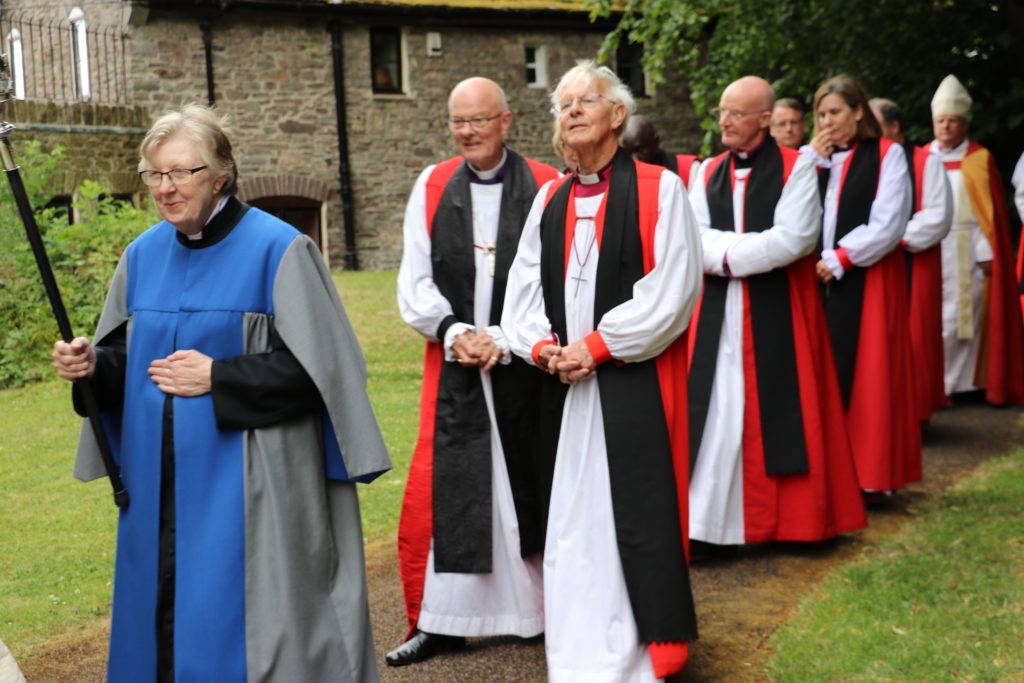
“It’s going to be impossible to find a successor,” was a regular remark in our clergy meetings in the weeks before Jan’s death.
“No one here has the wealth of knowledge and experience she did,” commented another.
Observations such as these articulated the fact that with Jan’s death, the Cathedral has lost a vital connection to a now fast-fading past. Jan was a member of a dying breed of Christians: utterly devout, steeped in the Catholic tradition of Anglicanism, and possessing an encyclopaedic knowledge of liturgical practice and customs. Her daily care for the Cathedral’s vesture revealed in a hundred different ways a living tradition that stretches back in some respects to even before the Cathedral was originally founded as a priory in the 11th century. That tradition was not something she ever studied as a student. Nor did she likely read many guidebooks. She practiced a craft that had been handed down by mentors and linked her to others living and dead from around the world. And like any traditional craft, hers was based on embodied assumptions: things that ought to be done, and done well, for reasons she could not explain nor needed to explain. “I just don’t think that’s right,” she would regularly say when someone did or suggested something that contradicted that tradition. She worked and honed her craft with the same devotion as an artist, a gardener, or a weaver. However practically necessary her craft was for our worship, it was first and foremost an expression of her love.
My abiding memory of Jan will be of her welcoming smile whenever I arrived to take a service. Though she could be fierce, her smile was among the kindest I’ve ever known. Usually, it accompanied the latest story about her cat, Phoebe, or revealed her delight in my recounting the latest mischief of one of my dogs. I’ll also long remember her quiet but stubborn refusal to be rushed. The altar would be laid, the vessels prepared, vestments laid out, and everything else sorted at a pace that drove us clergy to despair. What might take us ten or fifteen minutes to do took Jan an hour or more. But she would not be hurried. “It’s my prayer time,” she once confided to me, and it does no good to rush prayer. In this respect, she was a far better priest than any of us who wear collars.
Now that Jan has died, we’re faced with the tragic final fact about her craft and devotion: they have outlived their time. Almost everyone appreciated her work and knowledge. Those who knew her respected her devotion and the Anglo-Catholic world she inhabited. But few understood it and fewer shared it. Here at the Cathedral, she was a final blossom of an old Catholic ecology that has now largely decayed through neglect. Once it was fertile enough to produce a harvest of devout Christians rooted firmly in not just an abstract faith but also a rich, living tradition and culture that made that faith a lived reality. Jan had been a living reminder of that former fertility, her devotion like a stubborn flower that continues to blossom long after its soil has turned to dust.
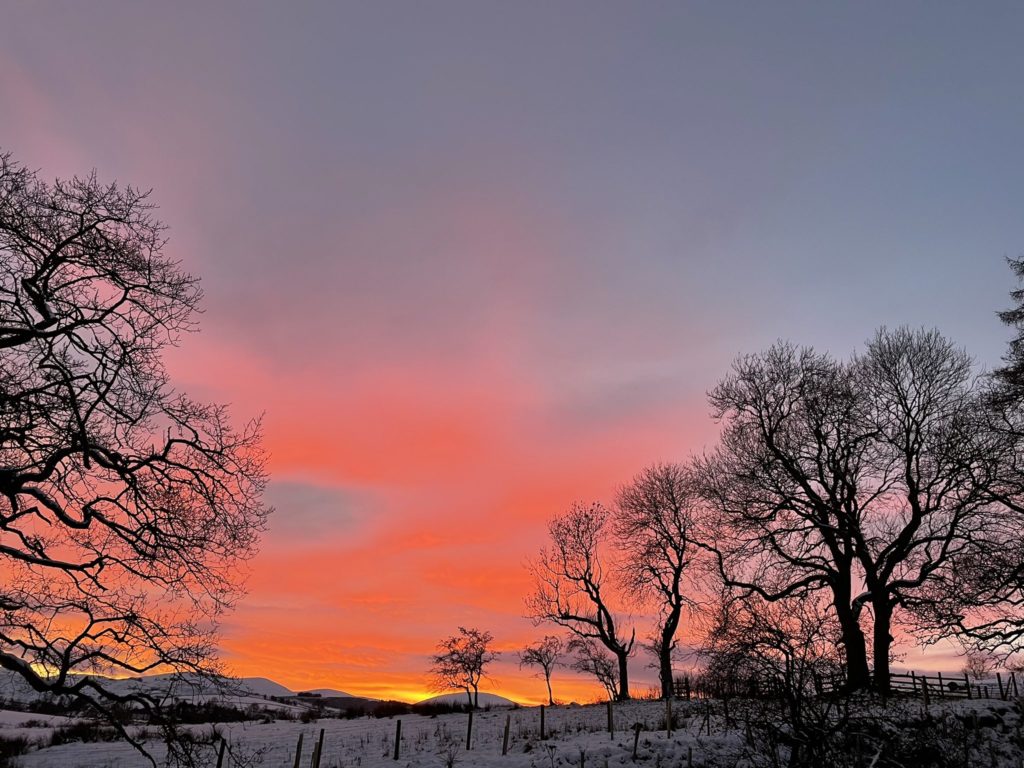
Not long after Jan’s funeral, I read James Rebanks’s English Pastoral: An Inheritance, a delightful book that is partly a family story, partly a personal account of farming in a time of change, and partly an ecological manifesto. Rebanks, a farmer and shepherd in the glorious Lake District, is becoming Britain’s version of Wendell Berry. Like Berry, his loyalty to his home and to his people combines with a clear-eyed understanding of how the pressures of modernization destroy as much as they improve. He’s less romantic and philosophical than Berry but shares the same seething anger that comes from watching good people and good places succumb to the impersonal, relentless drive towards efficiency and outputs.
Though English Pastoral is full of hope, it’s broadly an account of how global pressures and hidden forces compelled Rebanks’s family to adopt industrial agricultural methods that quickly damaged the ecology of their lands. Before the 1970s, farmers of the Lake District had been content to work largely in the ways that had endured for hundreds of years. Machinery like tractors and harvesters were used, but mainly within the limits of old methods. Rebanks recalls reading Virgil’s Georgics as a young man and finding in that ancient Latin pastoral a familiar world to his own.
The hero of Rebanks’s tale is his grandfather, a man with an abiding love for his lands and home, for the animals he husbanded, and for the soil’s capacity to grow crops. He wasn’t an educated man, never attended agricultural college, and was ignorant of the whys and hows of so much that he did. He simply farmed the land as he had been taught by his father and grandfather and with a wisdom that came from long experience shepherded by love and daily devotion to his work. Rebanks recalls his grandfather once stopping his plough to avoid destroying a curlew’s nest and notes regretfully that such tenderness is impossible for farmers now sealed away in large tractors. I found in Rebanks’s portrayal of him a kindred spirit of Jan—he was to his farm as she was to our Cathedral.
Rebanks complains of how economists transformed the farming world in their drive to industrialize agriculture to meet the demands of a fast-growing global population. Concern for the health of the land was replaced by the industrial drive the maximize profit and production. By and large, the farmers themselves didn’t decide to revolutionize their methods. But the pressures of global competition, decreasing food prices, and supermarket consolidation were accompanied by the opportunities provided by bigger tractors and chemical fertilizers and pesticides. Rebanks’s father’s generation faced a stark choice: change or die.
But this is to frame that revolution too pessimistically. The misnamed Green Revolution was promoted as exciting, progressive, and necessary. Technology and modernization looked on paper to be incontrovertibly superior to the old ways with yields far above anything formerly achievable. Against efficiency and scale, the traditional approaches to farming seemed to offer only nostalgia and dreamy romance. The world’s burgeoning population needed to be fed, bills had to be paid, and standards of production had to be met. Those who clung too tightly to the old ways soon perished.
What people didn’t realise was that these new methods were highly destructive. The ecology of the landscape declined precipitously as new farming techniques exhausted the soil, pesticides wreaked havoc on biodiversity, and enormous tractors tore down ancient trees and hedges to make more space for growing profitable crops. Livestock were moved from the fields and crowded into mammoth warehouses where they were treated as little more than means of production. And the old relationships and culture that had made the hard work of farming tolerable and meaningful withered. “Farming isn’t fun anymore”, was one of the last comments Rebanks’s father made before succumbing to cancer. The decay of the old farming community was reflected in the destruction of their landscape and the increasing fallowness of its soil.
Rebanks observes, “We thought we had left behind the time when we needed to know about the mundane things like animal muck, growing crops, feeding cattle and making hay. And because we didn’t value these things, and the old ways, we turned our backs on things that worked and forgot the vital knowledge and skills we once possessed.” A little later, he concludes, “We didn’t think it was our job to know, or care. We were too busy doing other things.”
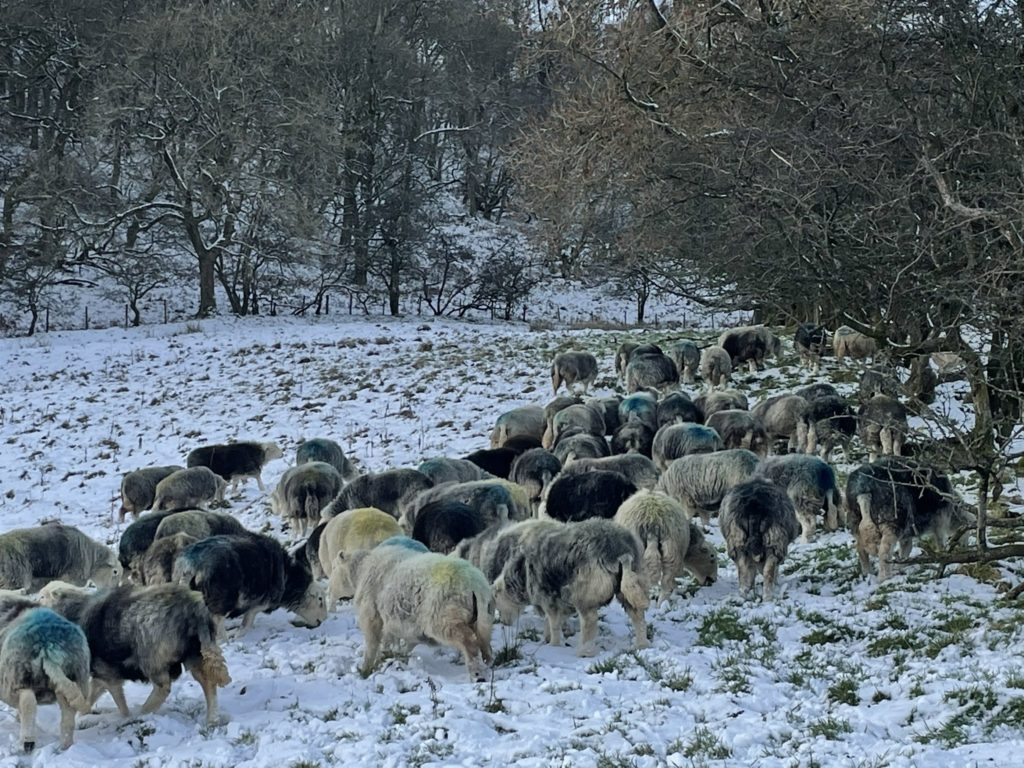
Reading English Pastoral so soon after Jan’s death primed me to notice the similarities between the world it describes and the one that Jan cherished. On the face of it, little could be more different than the work of a farm and the liturgy of a church. But Jan breathed the same air as Rebank’s grandfather did—their craft arose from and expressed a wisdom handed down largely by mouth and inculcated and adapted through years of repetitive work. Both practiced a craft upon which a culture depended—indeed, more than a culture but also an ecology. And that craft wasn’t the result of grand schemes or cleverly devised training programmes, but of a steady, faithful devotion to the mundane. They demonstrated in their own places that a human ecology that can support life and engender affection can only arise from individuals dedicated to crafts practiced with patience and love. They manifested a wisdom that only comes with time and endurance.
Another similarity between Jan’s world and that of Rebank’s grandfather is that the massive changes wrought came in response to unseen forces. Farming was revolutionized because economists in faraway board rooms, the faceless market, and population growth demanded it. Farming was no longer local, but national and even international. Farmers didn’t compete or cooperate with their neighbours any longer. Now the Lake District shepherd faced those of New Zealand and the corn-growers of Iowa or Indiana.
Similarly, the church that Jan knew and loved changed radically because of unseen forces. In an increasingly secular society with different values and priorities, new ways of promoting the church had to be found and embraced. Devotion per se was less of an asset than a willingness to tear down and try new things. Being relevant and accessible were to the church what efficiency and scale were to farming. And so, new liturgies were devised, music composed, and ways of being church tested in the relentless pursuit of success. Churches had to face the stark reality of a life-or-death competition with a whole host of activities. In such a world, the old ways had to go. As with farming, modernization was the byword and measurable growth the new standard. Now the life of the church would be not so much sustained through countless forms of devotion to mundane things as devised and promoted by dreamy experts responding to unseen forces. Faithfulness to the past yielded to promises about the future, and with it went knowledge and wisdom forged in the lived experience of generations.
In both worlds, much of the rhetoric about the new proved hollow. As in other ages, we learned that the impulse to tear down surpasses the desire to conserve, and that the act of demolition is easier than the drudgery of rebuilding. We were like people who fell forests for new uses and then move on after the trees are all gone. Combined with our own very modern impatience, this has resulted in the destruction of a great deal of good in the church with little of the promises that led to these changes being fulfilled. The church’s decline has continued apace.
Because the old ecology has been so severely damaged, it can no longer sustain the life it once enjoyed. While a few people avail themselves of training programmes and new forms of lay ministry, many find it harder to connect their faith with devotions beyond Sunday worship. The mundane but essential forms of such devotion—flower arranging, serving at the altar, polishing silverware, lighting candles in prayer, knowing and practicing the liturgical customs of the year, and so on—are no longer valued and promoted. They certainly don’t get the stamp of modern approval: a certificate that comes from attending a course.
Now that the old ecology is passing, we’re beginning to realise how much of our health depended it. Here at the Cathedral, Jan’s death means we’re faced with a real threat to maintaining our regular conduct of prayer and worship competently. No other layperson here has anything like the wisdom and devotion she possessed, and neither can be readily taught. In many other churches, what survives is done haphazardly and without confidence because people are only copying what they half-remember others doing. In such places, nostalgia competes with desperation like people trying to cultivate an old field grown irredeemably fallow.
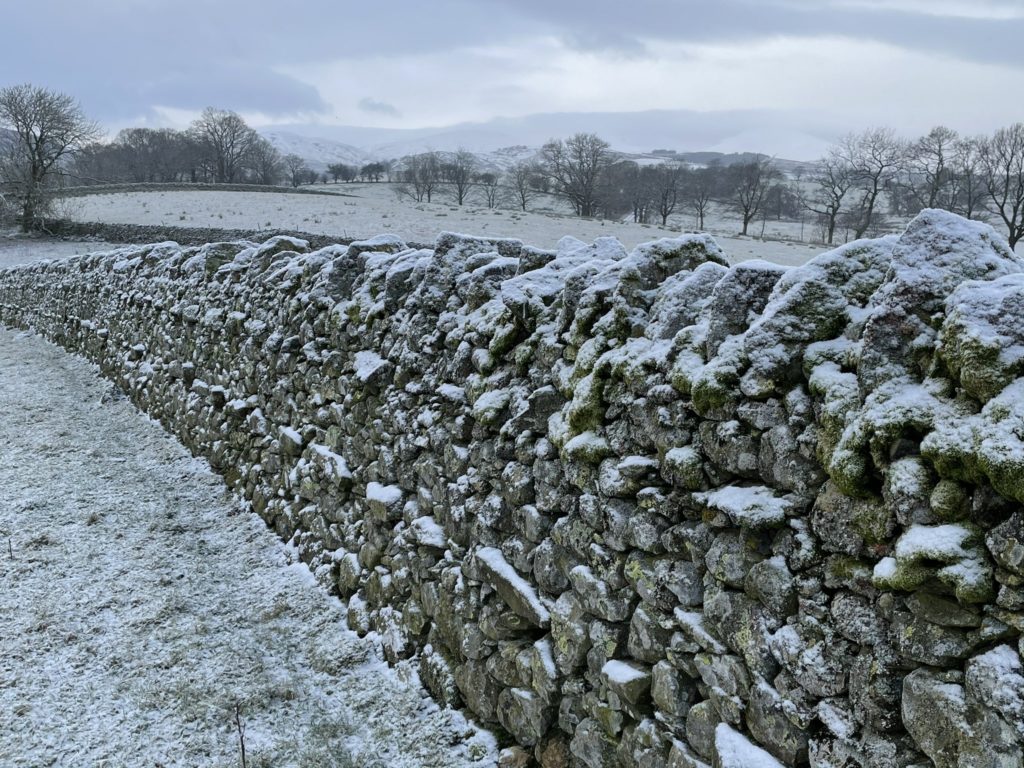
Rebanks is experienced and practical enough to resist nostalgia. He knows that there can be no simplistic return to the old ways: indeed, he recognizes that they had their own problems. “[T]his is not to say the old ways were perfect: they weren’t,” he explains. “Some of the changes were good and necessary, and perhaps inevitable. And it wasn’t an absolute shift from perfectly bucolic to hellishly industrial. . . . Many of the changes on the new farms are actually evolutions of older practices, like selective breeding.” He concludes,
And so now, as we search desperately for a way to make things right, we must avoid overly simplistic solutions. History gives us many examples of reductionist thinking being applied to farming with the result that things get worse. Miracle fixes often come with unforeseen consequences.
His own answer is to make ecological health the measure of his methods. Alongside Wendell Berry, regenerative farmers, and sustainable food producers, Rebanks rejects many new technologies and techniques and resumes those he was taught by his grandfather. But he’s not absolute and continues to avail himself of innovations that he’s confident won’t harm biodiversity and will benefit the welfare of his livestock.
He educates himself thoroughly about not only biology but more especially ecology and biodiversity. An ecologist spends time with him on the farm, providing advice about how to restore the flow of their part of a river to its former course, and to capture its overflow in floodplains. Other places are given over to tree planting or cultivating varieties of grass and wildflowers. He also adopts more diverse kinds of farming and husbandry than was normal in his grandfather’s days, so a mixed farming economy can ensure a healthy cycle of growth and decay that can feed the fields without relying on chemicals. Soon new life appears on his land, which blossoms with renewed health.
There is much wisdom contained in English Pastoral for suffering churches. If the last fifty years have shown that innovation and modernization aren’t the solution to our ill-health, they have also made a nostalgic return to yesteryear an impossibility. But as with Rebanks’s farm, there is an ecology that undergirds our churches and congregation that can be lovingly nurtured and healed. Old wisdom must be re-learned and new people found who can delight and cherish those old ways that once proved themselves enlivening and fertile. This is less the work of experts—theologians, senior clergy and staff, and consultants—than of the “little people”: those like Jan whose ambitions stretched no further than their devotion to the churches they love.
At the same time, new ways and methods can be tested against the ecology on which they depend. Do they encourage new growth in membership, devotion, and commitment? Then they can be embraced gladly. Do they ensure financial and organizational health without damaging the ecology? Then they can be undertaken without too much worry. The measure of them all, old or new, is not whether they bring quick new growth, but whether they enrich the seedbed of the Gospel on which our churches depend. Yearly revenue or weekly church attendance can be increased by a slick new program, much like fertilizer can increase the yield of a field. But is this growth damaging the underlying ecosystem?
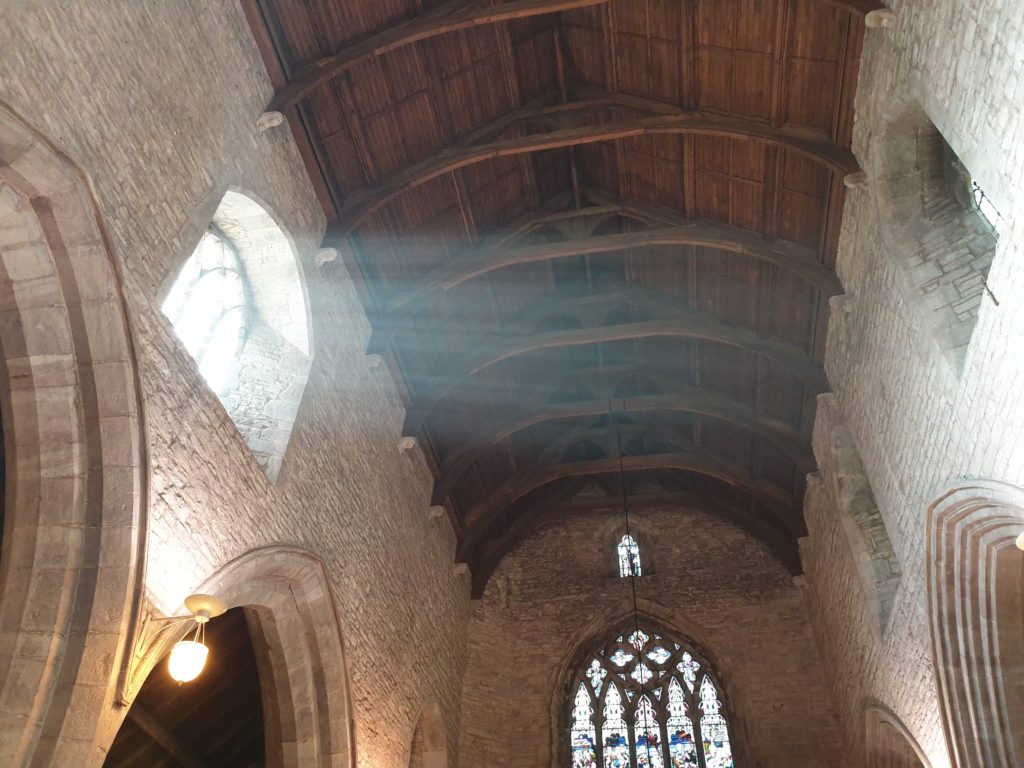
At the conclusion of English Pastoral, Rebanks recounts a charming moment at sunset spent with his young daughter Bea as they watched a barn owl tack backwards and forwards over his fields. His daughter is spellbound. “There is nothing beyond this,” he muses. “Nothing higher. Nothing more profound than these simple things; nothing that matters more than trying to live our little life on this piece of land.” He then dreams of his daughter’s future, ending with a father’s hope:
“[M]aybe, she will stand in this same place as a farmer, long after I am gone, and remember that I tried my best to look after this land. This is my inheritance to my children. This is my love.”
Replace “land” with “church” and this could be Jan’s epitaph. I can almost see her, with her welcoming smile, dreaming much the same dream. God willing, now that she is gone, there will be those who reflect on her life and remember that she tried her best to look after this church. Perhaps they’ll also try to learn her craft and seek her wisdom or find their own way to refresh and renew the church’s ecology. If they do, then I’ve no doubt that her devotion will be her inheritance to us and those yet to be born.

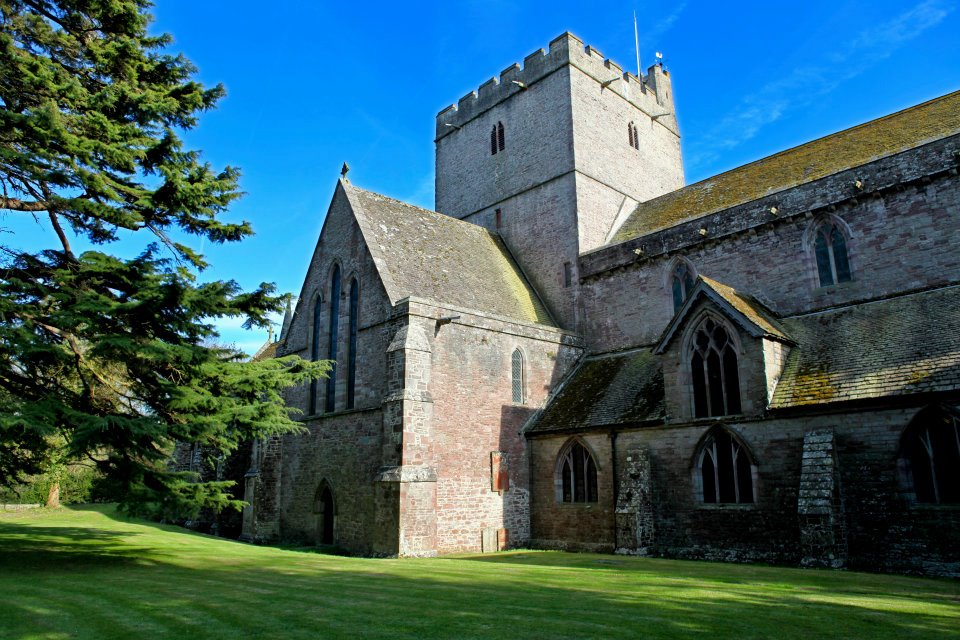
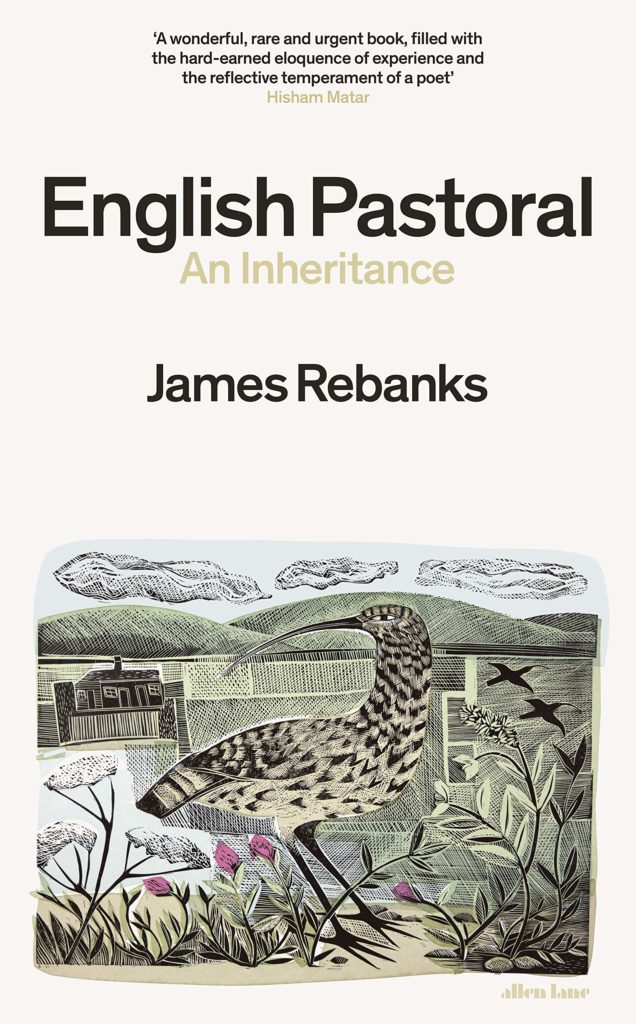


7 comments
Brian Hackshall
Thank you Mark for you most perceptive comments on Jan – faithfulness is all in God’s good time. Clerical self-entitlement is always seen threw for what it is in the Church. Jan worshiped in Spirit and in Truth
Gordon Burgess-Parker
Wonderful. A deep reflection on current woes and the ever seeking of new initiatives to put backsides on seats and fill the collection plate rather than doing what the Church should be doing – which is proclaiming the Gospel in everyday life.
Petra Goodband
Thank you for this Mark, Jan was a such a special person and could be relied upon to point us in the right direction. A rare breed as you say. Her love for the Cathedral will live on in the very stones that hold it up and the faith of all who worship there. She is greatly missed by all who knew her.
Ella Thomas
Amazing article Mark. Thank you so much. I’ve been thinking about buying the English Pastoral. You have convinced me. Such a wonderful tribute to Jan who I got to know a little at our Friday Mothers’ Union Eucharists she will be much missed.
Mark Clavier
Thanks, Ella. Yes, she will be much missed
Rob G
English Pastoral is an outstanding book, one of the very best agrarian books of recent years. It’s coming out in the States in May with the title Pastoral Song. Along the same lines I’d highly recommend the last few books by John Lewis-Stempel, especially The Running Hare, which I reviewed here:
https://kirkcenter.org/reviews/four-acres-in-herefordshire/
And Lewis-Stempel has a new one coming out this summer, Woodston: The Biography of an English Farm.
Mark Clavier
Thanks, Rob. The Running Hare has long been on my ‘To-read’ list. I’ll have to get it and his new one when it comes out. I led a delightful retreat last year with the agricultural chaplains in Hereford Diocese, and often walk there to enjoy the countryside and their lovely churches.
Comments are closed.